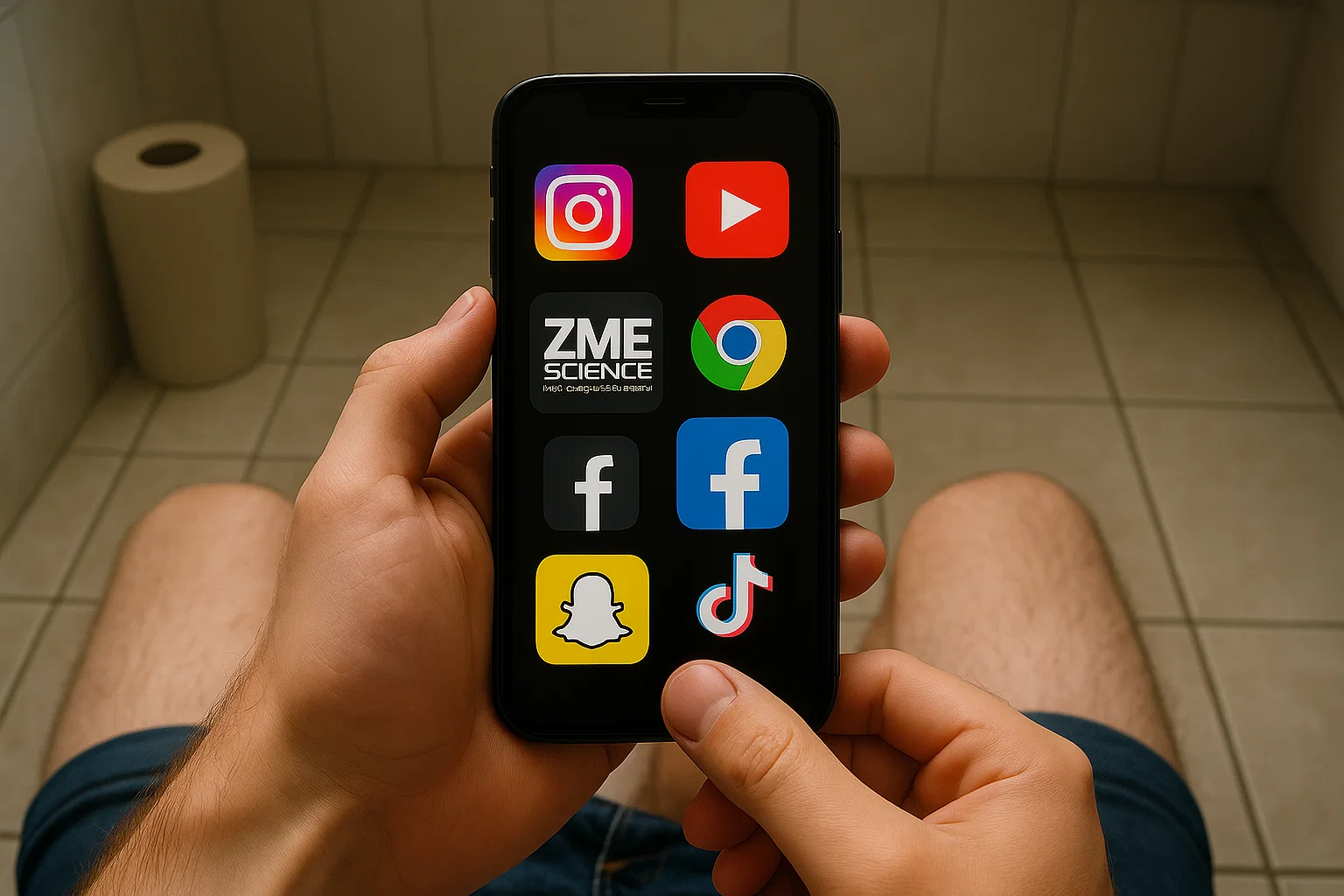In 1995, the most famous Harvey Comics character not named Richie Rich made his live-action big-screen debut, though the Casper we see throughout his self-titled movie is brought to life mostly through the best CGI money could buy 30 years ago. With Steven Spielberg producing, a post-Addams Family Christina Ricci starring, an excessive amount of cameos, and a plot that addresses death in ways both tragic and silly, Casper crafts a tone that would be unique to any supernatural fantasy. But it’s especially oddball in a movie ostensibly aimed at children.
The directorial debut of Brad Silberling, Casper first hit theaters May 26, 1995, and it was a smash hit, ending up the eighth-highest grossing film of the year (sandwiched between Seven and Waterworld). The biggest kids’ movie of 1995 was Toy Story, which does dig into some existential themes, but doesn’t face the void quite as boldly as Casper does.
It begins with a death, as the greedy Carrigan Crittenden (Cathy Moriarty) and her sleazy attorney Dibs (Eric Idle) learn she’s inherited just one thing from her recently departed father, who she’s clearly not mourning whatsoever: Whipstaff Manor. Carrigan has no use for the dilapidated seaside mansion—located in the optimistically named Friendship, Maine—until a paper tucked in with the deed gives her and Dibs the notion that there’s treasure hidden somewhere within.
Elsewhere in the story, another death has shaped a different set of characters: Dr. James Harvey (Bill Pullman, in a career sweet spot after Sleepless in Seattle and While You Were Sleeping, and just ahead of Independence Day and Lost Highway) and his daughter Kat (Ricci, who soon after began to shift away from kid-oriented roles). Harvey and Kat are still grieving the loss of Kat’s mother; Harvey’s coping mechanism has been to fashion himself into a sort of touchy-feeling exorcist, using his therapy skills to help guide “living impaired” patients into the beyond.
Beneath that, of course, lurks his hope that he’ll be able to contact his late wife in the great beyond—something Kat puts up with despite being teased about her kooky dad. Harvey promises her that this will be the very last time he uproots his daughter for a ghost hunting gig when they pull up to Whipstaff Manor. As Carrigan and Dibs have discovered, the place is haunted by ghosts so stubborn neither a priest (comedian Don Novello as his long-running character Father Guido Sarducci) nor a Ghostbuster (Dan Aykroyd, in full Ray Stantz mode) can get them out.
It’s a good thing Casper was released by a different studio than Beetlejuice, because things could’ve gotten really messy there. Instead, we get the newly hired Harvey facing off with (and eventually befriending, though it takes awhile) the Ghostly Trio (Brad Garrett as Fatso, Joe Nipote as Stretch, and Joe Alaskey as Stinkie). The lonely Kat—who attracts bullies even in Friendship, Maine—finds herself bonding with the trio’s nephew, Casper (Malachi Pearson), the Friendly Ghost who’s sadly very friendless.
Except, Casper doesn’t want to be just friends with Kat, does he? Early in the movie Casper travels through electrical lines and zaps his way into Carrigan’s hotel room; there, he ensures she sees a TV program focusing on Harvey, just the expert she needs to deal with her spectral problem. Casper does this because he’s seen the same segment, which features a glimpse of Kat so arresting it makes the ghost of a 12-year-old boy swoon—then scheme to get her into his house.
Kat doesn’t know it’s Casper’s old bedroom when she picks her spot in Whipstaff Manor. Nor does she overhear his delight (“There’s a girl on my bed… yesss!”), which would feel more innocent and cute if there weren’t some other unwholesome come-ons later in the movie. That includes the infamous moment when Casper kisses a sleeping Kat after murmuring “Can I keep you?”
That cringey line is repeated at the end of the film when Casper briefly gets to be a real boy (played by future horror icon Devon Sawa). Though Kat is thrilled by his corporeal appearance, and his voice is far less squeaky when he’s in human form, “Can I keep you?” still makes her look askance.

As soon as Casper becomes a ghost again, he’s immediately back in the friend zone, a feeling further underlined by the contrast between Sawa’s teen-dream appearance and Casper’s cartoonish visage. The movie, which has also just given Harvey a sweet if fleeting reunion with his angelic dead wife, goes for a feel-good finale with the Spooky Trio—who indulge in innuendo-laden humor throughout the movie that’s presumably aimed at any adults watching—rocking out to Little Richard’s “Casper the Friendly Ghost” theme as Kat and her father dance.
Less happy endings are handed down to Kat’s junior high foes, who are sent screaming away from the climactic Halloween party at Whipstaff after encountering Casper’s uncles, as well as Carrigan and Dibs, who perish while trying to get their mitts on the “treasure,” which turns out to be an autographed baseball. Carrigan, at least, briefly becomes a ghost who inadvertently ties up all her unfinished business when she finds the baseball. Screaming in protest, she gets booted into the afterlife as a result. (Dibs gets tossed through a window and out of the movie for good.)
The idea that ghosts who resolve their unfinished business are allowed to move on, which is pretty standard supernatural lore, makes Casper’s situation all the more perplexing. In the movie, we learn he became ill and died after playing too long in the snow—then decided to hang around to keep his sorrowful father company. (When Kat asks him what it’s like to die, he grimly describes it as “like being born, only backwards.”)
In turn, the eccentric inventor created a “Lazarus machine” specifically to bring his beloved son back to life. (As Gremlins showed us as well, there’s nothing an Amblin movie loves more than a dad who’s also a chaotic inventor.) It’s still in Whipstaff’s basement and still functional, with just enough juice to revive Harvey after he perishes in an accidental fall.
This raises some questions, namely: why didn’t Casper’s father go ahead and revive him back then? Thanks to a vintage newspaper we learn that he was eventually carted off to the psychiatric hospital because of his “bring ghosts back to life” obsession, but the Lazarus Machine is very well hidden in a secret room. Surely he would have had enough time to resurrect Casper before anyone found out?
The answer, presumably, is that we need Casper to be a ghost for there to be Casper, and for all the elements jerry-rigged around that central point, it’s surprising there aren’t more plot holes. Kat’s party dress, which once belonged to Casper’s mother, is pulled from a trunk and donned over a full outfit of other clothes, which then seemingly disappear on their own and the costume’s a perfect fit? Don’t worry about it. What will happen to Kat and Harvey’s living situation now that Whipstaff’s new owner has fled this mortal coil? Again, don’t worry about it. Are the Spooky Trio ghosts actually Casper’s uncles, as they are in the comics, or are they three unrelated dead guys who’ve taken up residence and routinely order the little guy to serve them platters of junk food?
Also, though we did poke fun at the special effects’ 1995-ness earlier, they actually look pretty great considering how much the ghost characters have to interact with the human ones. Going cartoony not only keeps Casper and crew looking like their comic-book counterparts, it also keeps what passes for menace in this movie on the gentler side. There’s also a weird comedic disconnect when you realize Harvey has died—a sad moment for the suddenly orphaned Kat—and is now… a goofy-looking phantom instead.
Casper’s popularity spawned a few straight-to-video prequel-sequels and a cartoon series, but somehow has never made it back to the big screen. While that seems unlikely after all this time, a live-action Casper series unconnected to the movie has been in development at Peacock for the past few years. But wherever Casper—who first appeared in November 1945, so happy 80th, buddy—rises from the grave next, we can always keep this 30-year-old, enduringly entertaining oddity.
Want more io9 news? Check out when to expect the latest Marvel, Star Wars, and Star Trek releases, what’s next for the DC Universe on film and TV, and everything you need to know about the future of Doctor Who.












